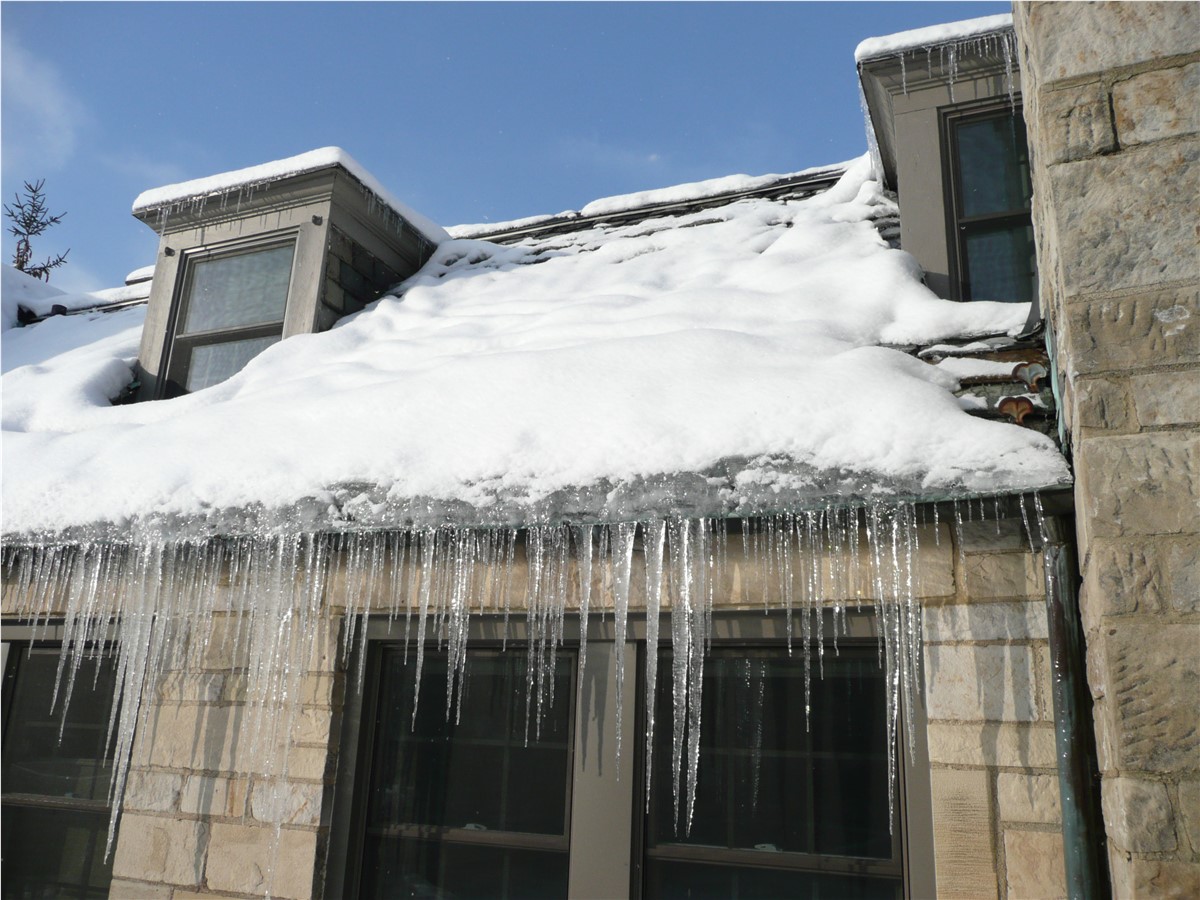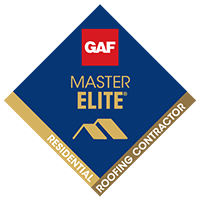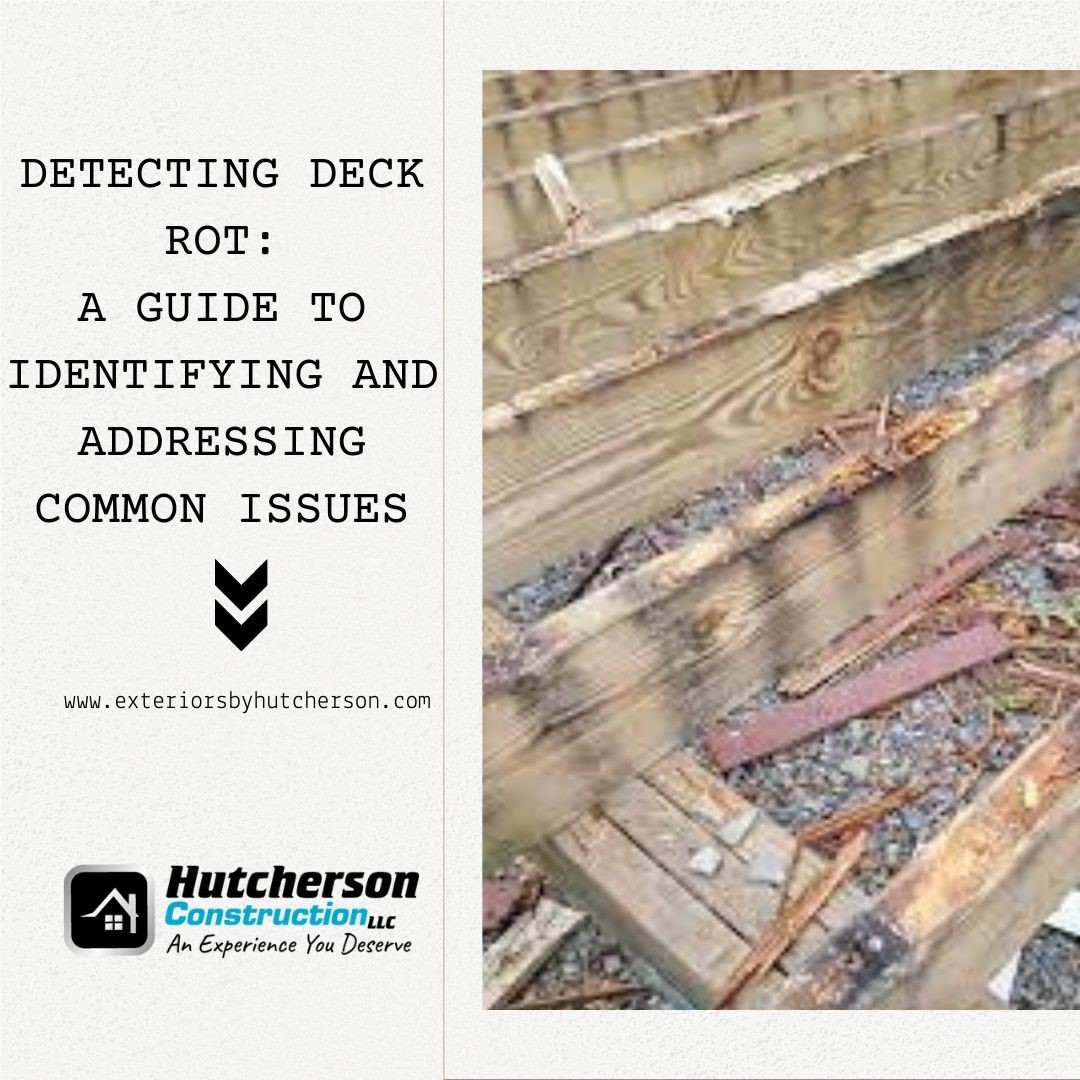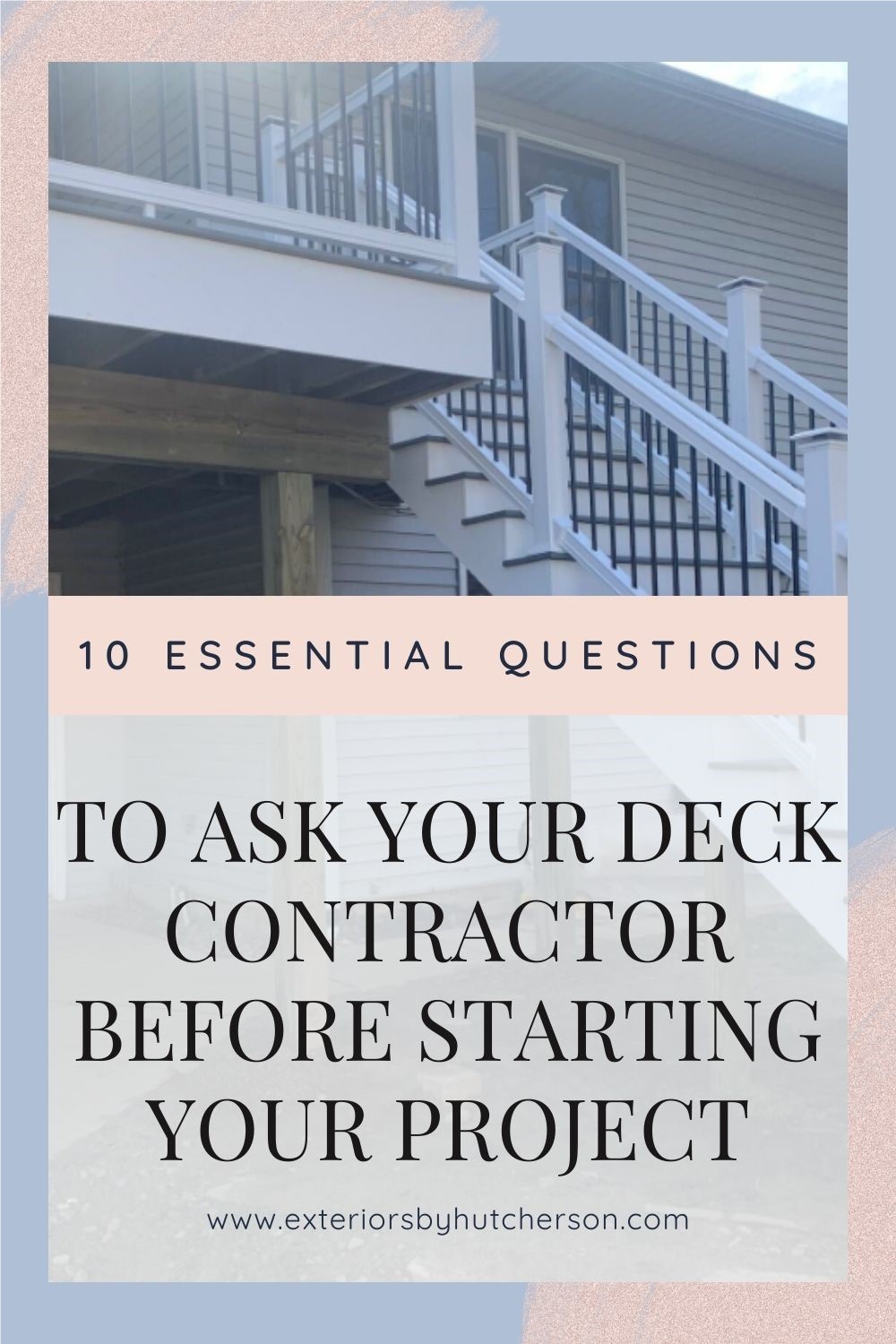Winter weather can be hard on a home in general, but a roof typically takes more of the impact than any other part of the home. Damage can be attributed to elements of winter weather, with each one tending to cause harm to the roof in different ways. By being aware of these dangers and how to better minimize the risk of them, you can save yourself from potentially expensive repairs.
Here are some various elements of winter weather and how it can affect your home’s roof.
Wind Damage
Some of the strongest windstorms occur during the winter season which often can lead to roof damage such as shingles being torn off, loosened, and broken.
One of the simplest solutions is to invest in a superior shingle which includes a wind warranty. Ideally, the way to avoid replacing a roof is by having a licensed contractor inspect your roof and identify and correct any issues before winter arrives. Additionally, if you have trees with low-hanging branches that hang over your home, it’s suggested that you have a tree-trimming contractor out to cut those branches away from the home to prevent damage caused by strong winds pushing the branches into the home.
Snow, Ice and Water
This trio of winter elements can work together to cause damage to your roof and then lead to damage within the home.
Snow can pile up on the roof leading to too much excess weight on the roof. Warnings signs of issues include creaking sounds, cracks above doors and windows and potentially a bowed ceiling.
Ice tends to build up on the eaves of a home because as snow melts, it runs down to the roof edge, refreezing. This can lead to an ice dam which may then block gutters preventing water from finding a necessary path off the roof.
Water can then get backed up behind the ice dam leading to potential leaks as it freezes and thaws. Look for wet spots and leaks on in your drywall particularly on your ceilings and roofs. If this issue continues over time it can lead to mold and mildew which then could be linked to health issues.
There are ways these issues could be prevented including raking off excess snow from the roof, ensuring your gutters are cleaned out and by ensuring that your home is properly insulated and ventilated. Put liquid de-icer in your eaves to prevent ice damming. Before winter hits, have a licensed roofer out to inspect your roof. If they identify any areas of concerns, try to get them taken care of before the winter weather arrives.
Hail Damage
Hail can dent your roof shingles as well as other elements of the roofing system. Ridge caps receive a lot of the impact. These hail marks can weaken and shorten the lifespan of your shingles. Additionally, water can get underneath the shingles on some occasions. Although you cannot prevent hail damage one way to minimize the risk is by installing top of the line shingles on your roof. Once the shingles are damaged, you should have a licensed roofer out to inspect the damage. Sometimes the roof will need to be replaced, and a proposal will be needed to give your insurance company.
**
When cold weather arrives, it can also bring with it wind, snow, ice, water and hail that can test your roofs durability. We know that we cannot control the elements, but homeowners are able to take steps to minimize the risks associated with them and how they impact a roof.
Tags
Subscribe to Hutcherson Construction's Blog








Comments